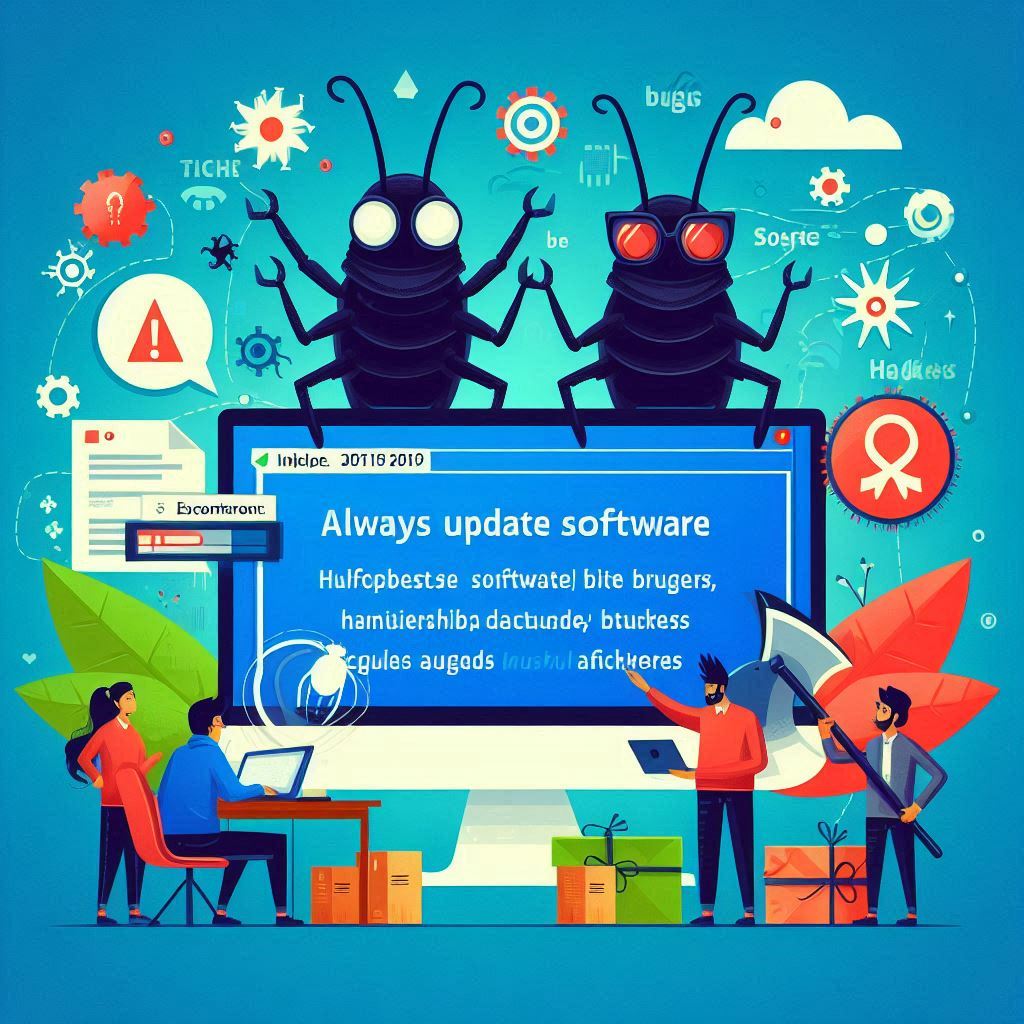Why Software Updates Are Your Digital Lifeline
 Digital Defender
Digital Defender
Picture your software as a high-performance machine. To keep it running smoothly and securely, you need regular maintenance. This is where software updates come in. Here’s why they’re crucial and how to manage them effectively.
Why Software Updates Matter
Security Patches: Updates fix vulnerabilities that cybercriminals could exploit. Like a patch on a wall, these fixes close gaps that could lead to data breaches or malware infections. For example, the infamous WannaCry ransomware attack in 2017 exploited a vulnerability in outdated Windows systems, causing widespread data loss and financial damage.
Performance Boosts: Updates often optimize performance, making software faster and more efficient. They improve algorithms and manage system resources better, like tuning a car for better performance. For example, performance problems with older versions of popular apps can be fixed with updates that improve speed and reduce crashes.
New Features: Updates can introduce new features or improve existing ones, keeping your software competitive and meeting your needs. Skipping updates might mean missing out on features that could enhance your workflow or user experience.
How to Manage Updates
Enable Automatic Updates: This ensures you get the latest security patches and performance improvements without manual intervention.
Check for Updates Regularly: For software that doesn’t update automatically, manually check for updates to stay current with essential fixes and enhancements.
Subscribe to Notifications: Get alerts from vendors about major updates or critical patches to stay informed.
Verify Update Sources: Always download updates from official sources to avoid potential malware or security risks.
Real-World Impact of Neglecting Updates
WannaCry Ransomware Attack: In 2017, the WannaCry ransomware exploited a vulnerability in outdated Windows systems, affecting over 200,000 computers worldwide. The attack led to substantial financial losses and disruptions across various sectors, including healthcare.
Equifax Data Breach: In 2017, Equifax suffered a massive data breach that exposed sensitive information of 147 million people. The breach was due to a known vulnerability in Apache Struts, which Equifax failed to patch despite the availability of a fix.
Zoom Security Flaws: Early in 2020, Zoom faced criticism for security flaws, including “Zoom-bombing” incidents where uninvited guests disrupted meetings. Updates to the platform addressed these issues, significantly improving security and user control.
Embrace updates as a vital part of maintaining a robust and efficient digital environment.
Subscribe to my newsletter
Read articles from Digital Defender directly inside your inbox. Subscribe to the newsletter, and don't miss out.
Written by

Digital Defender
Digital Defender
I am a Cybersecurity professional who has been always on the defending side.